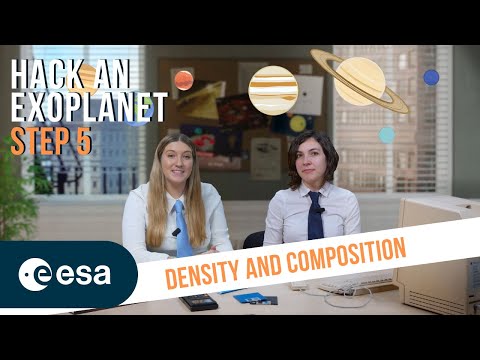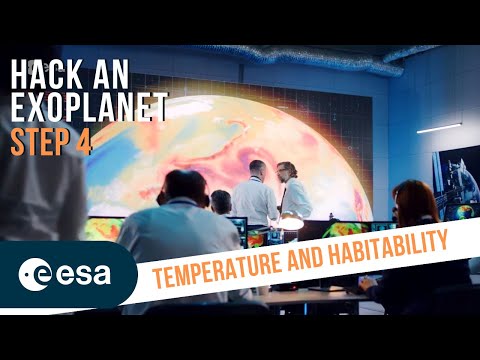Hack an Exoplanet Step 2 | How to determine the size of an exoplanet
When an exoplanet passes in front of its star, known as a transit, there is a dip in the light received from the star. Join Cheops Project Scientist, Maximillian Guenther, to learn how to measure the depth of the dip in the transit light curve data and discover how to determine the size of two exoplanet targets: KELT-3b and TOI-560c.
This video has been developed in the context of the first ever ESA Education hackathon for secondary students: “Hack an Exoplanet”. This educational activity allows students to use real satellite data to investigate alien worlds and become exoplanet detectives for a day.
Find out more on the Hack an Exoplanet platform: https://hackanexoplanet.esa.int/challenges-size
★ Subscribe: http://bit.ly/ESAsubscribe and click twice on the bell button to receive our notifications.
Check out our full video catalog: http://bit.ly/SpaceInVideos
Follow us on Twitter: http://bit.ly/ESAonTwitter
On Facebook: http://bit.ly/ESAonFacebook
On Instagram: http://bit.ly/ESAonInstagram
On LinkedIn: https://bit.ly/ESAonLinkedIn
On Pinterest: https://bit.ly/ESAonPinterest
On Flickr: http://bit.ly/ESAonFlickr
We are Europe’s gateway to space. Our mission is to shape the development of Europe’s space capability and ensure that investment in space continues to deliver benefits to the citizens of Europe and the world. Check out https://www.esa.int/ to get up to speed on everything space related.
Copyright information about our videos is available here: https://www.esa.int/ESA_Multimedia/Terms_and_Conditions
#ESA
#ESAEducation
#ExoplanetChallege





1) Does this measure consider the potential presence of (little) moons around exoplanets?
2) Would an "alien" Webb telescope be able to detect Earth and its moon?
3) Will we have to consider the presence of "protecting" moons (like ours) to evaluate exoplanets that could effectively be compatible with life, especially intelligent life?
Very interesting!
É um tema demasiado interessante!!
hahahahahahahahah